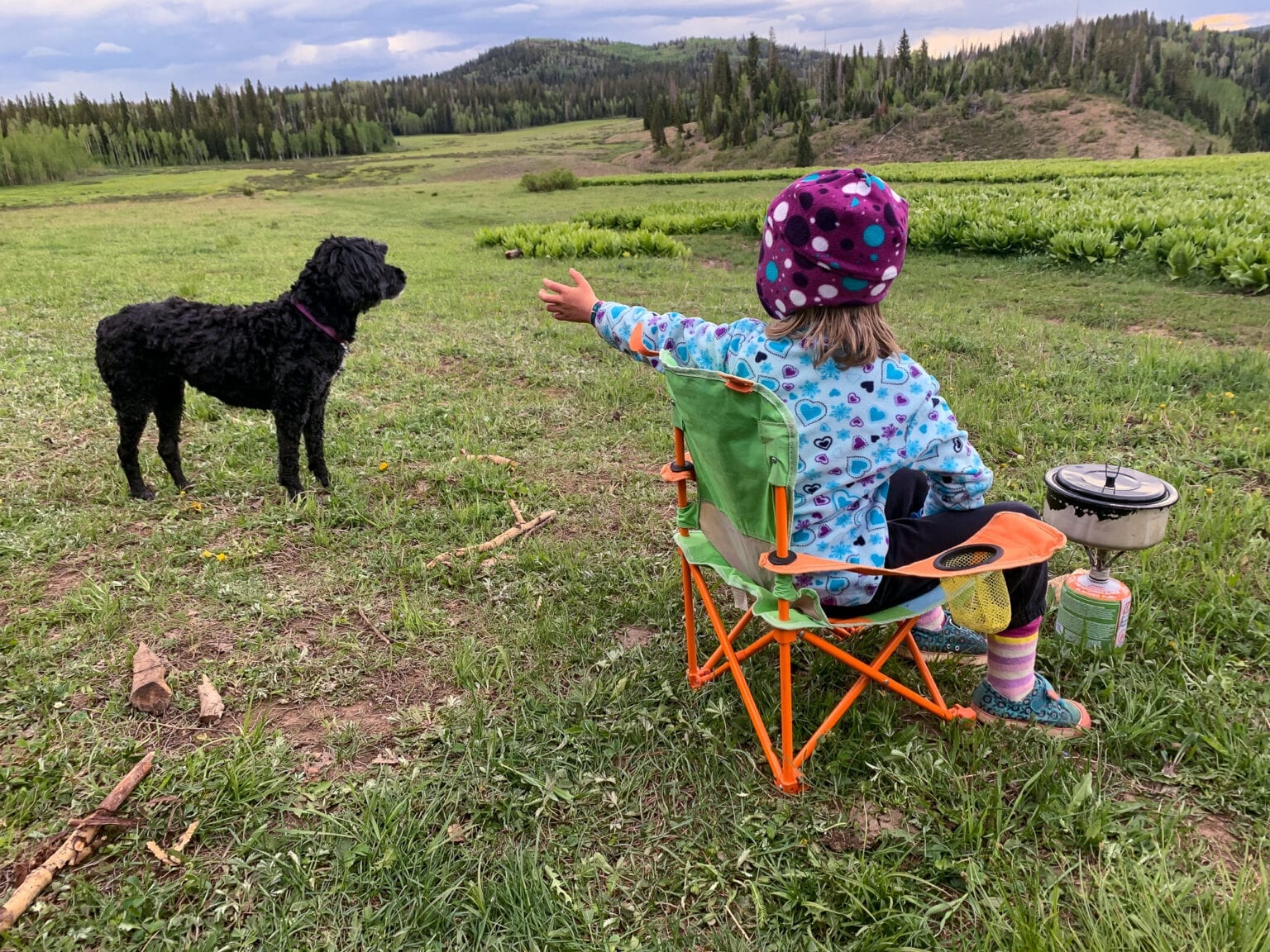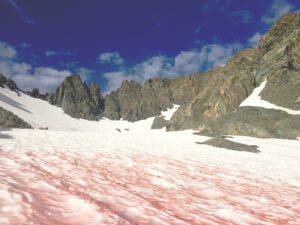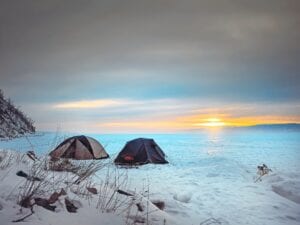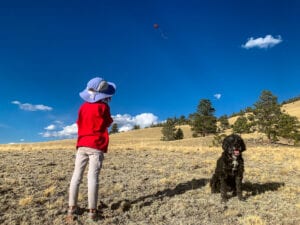Food safety tips for camping

Following good practices for camping food safety can prevent encounters with potentially dangerous wildlife like bears, as well as more mundane animals like raccoons, skunks, and chipmunks.
Cook food away from your tent, and pour out cooking water at least 200 feet away. It’s safest to change clothes after cooking and before entering your tent. Don’t bring food (or scented toiletries) into your tent, whether or not you’re present. We know some unfortunate campers who left food in their tent and returned from a walk to find marmot invaders!
How to store food while camping
Pick up all trash and food remnants. Keep food in sealed containers. When leaving your campsite even briefly, place food in a locked, hard-sided vehicle or other secure location. Depending on your location and whether or not you’re car camping, appropriate storage locations may include:
- Campground dumpster
- Bear canister, which are required in some backpacking areas (see bear canister page)
- Certified bear-proof cooler (see gear page)
- Specially designed bear bag
- Metal food locker, but be mindful that communal lockers may not be guaranteed to have space for your food
- Food bag hanging from a tree
If you need to hang food from a tree, here’s how to do it:
- Place food (and other scented items) in a stuff sack secured with a drawstring cord and tie one end to a length of nylon cord 50-100 feet long.
- Tie the other end to a small, rough-edged rock.
- Find a tree at least 200 feet from your camp with a sturdy limb at least 15 feet off the ground.
- Throw the rope end attached to the rock over the limb and hoist the bag up so that it’s positioned at least 15 feet from the ground and 5-10 feet from the trunk.
- After removing the rock from the free end of rope, tie that end to the trunk.
Some campsites have special poles installed for this purpose, so you won’t have to scout out the perfect limb.
The guidelines that normally apply to keeping food safe at home apply with special force when you’re camping. It’s all the more important to keep bacteria at bay when camping because you may be far from medical services and you may lack medicines and other items to keep you comfortable while you’re sick.
Important food safety tips for camping
- Wash or sanitize hands before eating or preparing a meal
- Make sure your cooler keeps food adequately chilled to under 41 F
- Keep foods in sealed, waterproof containers within the cooler
- If food that needs to be chilled has been out of the cooler for more than 2 hours (or more than 1 hour when it’s over 90 degrees), ditch it
- Use clean surfaces for food preparation
- Handle raw meat safely, including by double-bagging raw meat for storage, placing it toward the bottom of the cooler, keeping raw meat and its juices separate from other items, and immediately washing all items that have touched raw meat
- Consume cooked food within 2 hours or place it in the cooler
- If you’re cooking meat, bring a food thermometer and make sure you’ve cooked meat to the proper internal temperature. North Dakota State University recommends:
- Ground beef should be cooked to an internal temperature of 160° F
- Whole poultry, poultry breasts, and ground poultry need to reach 165° F
- Beef, pork, veal, lamb steaks, roast, and chops need to reach 145° F, with a three-minute rest time






